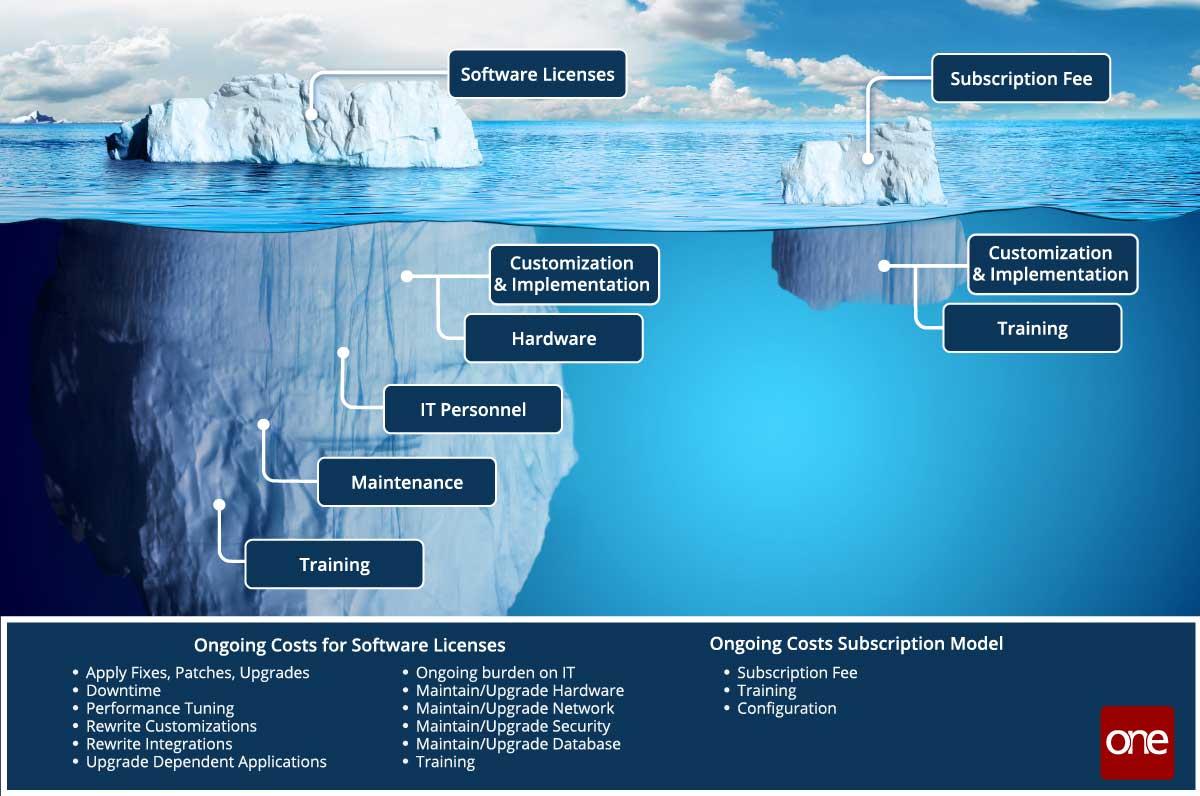This post has already been read 7625 times!
An interesting article by Greg Brady in Supply and Demand Chain Executive delves into the true costs of ERP. This is one of the reasons why companies are abandoning ERP and moving to business networks.
There is a paradigm shift underway in enterprise software that is impacting companies in every industry. Fueled by technical advancements in cloud computing, the Internet of Things (IoT), Big Data and machine learning, there are three trends that are profoundly reshaping how enterprise software is developed, delivered and consumed. Enterprise systems are giving way to business networks, systems of record are taking a back seat to systems of engagement, and rigid commercial off-the-shelf (COTS) software is being replaced by tailored modular solutions.
Companies sink millions of dollars into initiatives to achieve a single version of truth across siloed systems. However, in reality, this is just not possible within the paradigm of enterprise-centric systems of record.
– Greg Brady, CEO, One Network Enterprises

Beyond the Box: A Powerful Alternative to ERP
It goes beyond cost. Traditional ERP systems are enterprise-centric, and so are fundamentally unfit for today’s fast moving, fluid and global business environment. The ideal technology is not the old enterprise system but the social network model. Enter multi-enterprise business networks, the technology powering many successful digital supply chains.
[These] innovative network platforms are designed from the ground up to represent an interconnected community of business partners that work together to satisfy consumer requirements. Now, a company connects once to the network, and a sophisticated permissions-based framework manages the information each individual organization sees and determines who can interact with whom in what way. Networks allow everyone to be the center of their own universe, yet they provide each member with enterprise services that seamlessly connect into their business partners. Then, there is the beauty of the network effect in which all participants get greater and greater value as more members join.
Brady explains other major trends shaping enterprise business solutions, and gives a three step process for executives who want to break out of the ERP box and take advantage of network platforms.
Supply & Demand Chain Executive: Beyond Enterprise Resource Planning
- How to Avoid a Technology Horror Story - October 31, 2024
- How Chain of Custody Strengthens the Supply Chain - October 11, 2022
- Inside Next Generation Supply Chains - November 8, 2021
